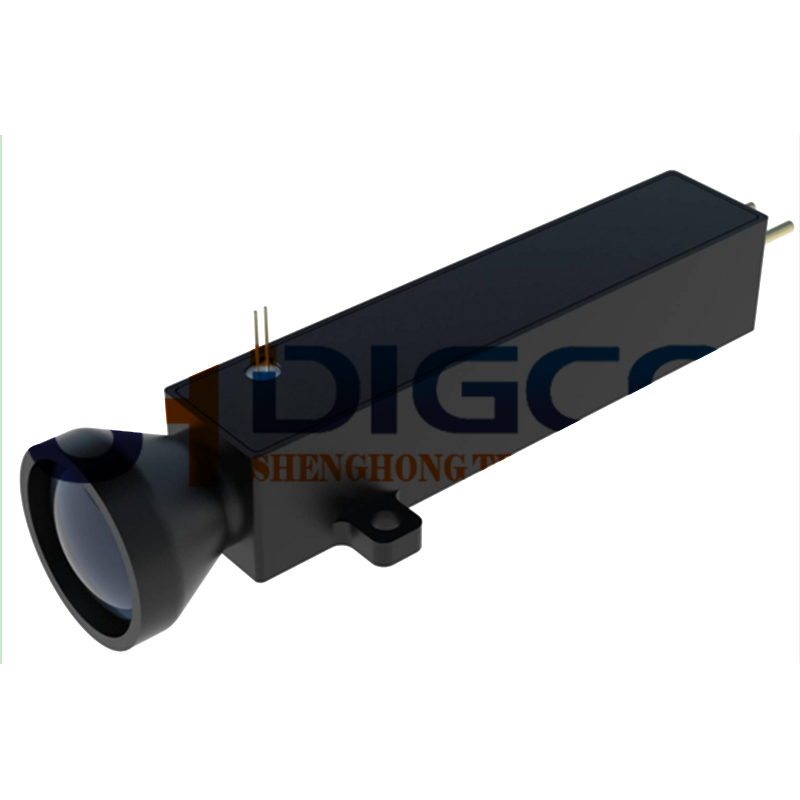Topic: Best Tips For Deciding On A Safe Laser Device
How Does Safe Laser Low-Level Laser Therapy (Lllt) Aid With The Inflammation Of The Respiratory Tract?
LLLT can help reduce inflammation in the respiratory tract in a variety of ways. For respiratory ailments like asthma and bronchitis in which inflammation of the airways contributes to symptoms such as wheezing and coughing LLLT can ease inflammation and improve breathing.
Bronchodilation – LLLT was found to promote the relaxation of smooth muscle cells in the airways. This is beneficial to people who suffer from asthma, or chronic obstructive respiratory disease (COPD) in which bronchoconstriction could create breathing difficulties.
Improved Blood Circulation- LLLT enhances microcirculation and vasodilation and results in increased blood flow to the airways and lungs. The improved blood circulation will help bring oxygen and nutrients to inflamed tissues, promoting healing and reducing inflammation.
Enhanced Immune Reaction- LLLT modulates immune function by increasing phagocytosis, and triggering Cytokines, which is the process by which immune cells engulf pathogens and eliminate them. This boosts the immune system to fight respiratory infections, as well as reduce inflammation in the airways.
Reduced Mucus Produced LLLT can help reduce the amount of mucus production in the lungs by reducing inflammation and promoting the elimination of mucus. This is especially helpful for individuals who have chronic bronchitis (or sinusitis), where excessive mucus may cause respiratory symptoms.
Alleviation of Allergic Reactions LLLT has been studied as a treatment option for allergic rhinitis or hay fever, conditions characterized by inflammation of the nasal passages and sinuses in response to allergens. LLLT reduces inflammation and improves immunity to ease allergy symptoms like nasal obstruction, sneezing and itching.
Safe Laser's low-level treatment provides an effective, non-invasive solution to respiratory inflammation. It eases the symptoms and promotes better functioning of the respiratory system. But, LLLT should only be employed after consulting a physician for a correct diagnosis. Check out the top safe laser bérlés for site advice including lágylézer készülék bérlés, lágylézer kezelés, lágy lézer, lézer bérlés, lágylézer hatása, lagy lezer, safe laser készülék, safe laser bérlés, lágylézer ár, gyógyító lézer and more.

What Are The Advantages Of Safe Low-Level Laser Therapy (Lllt) To Treat Nose Problems?
Low-level laser therapy can be utilized to deal with a variety of nose conditions. LLLT can reduce nasal inflammation, sinusitis and allergic rhinitis.
Pain Relief – LLLT helps to relieve the pain caused by conditions such as sinusitis and nasal trauma.
Improved Tissue Healing LLLT enhances the cell metabolism and growth which results in faster healing and regeneration of tissues. LLLT helps promote quicker healing of nasal ulcers, nasal mucosal injuries as well as other ailments.
Improved Blood Circulation- LLLT improves vasodilation and microcirculation which results in greater blood flow to nasal tissues. A better blood flow helps to deliver oxygen, nutrients, and healing agents to inflamed or injured tissues.
Reduction of Nasal Congestion- LLLT has been found to help reduce nasal congestion by encouraging vasodilation, and also reduce nasal mucosal swelling. This can be especially beneficial for individuals with conditions such as allergic rhinitis or chronic sinusitis, where nasal congestion is a prominent manifestation.
Treatment of Nasal Allergies LLLT helps reduce inflammation in nasal passages and the sinuses. LLLT helps to relieve symptoms such as sneezing, or nasal congestion by modulating immune function, reducing release of histamine, and other allergic mediators.
It is safe Laser low level laser therapy can be a non-drug, non-invasive way to manage nasal problems. It can relieve symptoms such as pain, inflammation and congestion in the nose. It is best to talk with a medical professional before applying LLLT on nasal conditions. It will guarantee that you are given the proper diagnosis and treatment. Check out the best safe laser bérlés for website recommendations including lágy lézer vélemények, lágylézer hatása, lágylézer ár, laser kezelés, orvosi lágylézer, safe laser készülék, lágylézer kezelés árak, lagylezer terapia, lágylézer kezelés árak, lágylézer kezelés and more.

How Long Will It Typically Require For A Laser To Be Effective On Acute Conditions?
Safe Laser can be used to treat ailment that is acute. The amount of sessions required to attain outcomes is dependent on the severity of a problem and how the patient responds to treatment and the procedure a doctor suggests. In many instances, people might notice significant improvement in acute illnesses after just a couple of sessions. LLLT is often effective in cases of recent injuries, inflammation or discomfort. In some cases, people might notice a decrease in pain, inflammation and swelling with just one or a few sessions of LLLT. For long-lasting and lasting effects, it's generally advised to undergo a series LLLT sessions.
The frequency and duration of LLLT sessions needed for treating acute conditions varies on the kind of illness as well as the severity and response of the patient the treatment. Healthcare professionals usually adapt the treatment plan according to the needs of each patient, which may involve scheduling LLLT sessions several times each week for a set length of time.
To maximize the therapeutic benefits in acute illnesses, it's important to follow the prescribed treatment plan and to attend every scheduled LLLT treatments. Continuing treatment may also bring about improvements in the long run. If you are concerned or have doubts about the treatment plan, or how it is progressing discuss it with your healthcare provider.